Crinoline
Crinoline | Starting in Britain and France in the early 19th century as a fabric with a weft of horse-hair and a warp of cotton or linen, crinoline soon came to mean a stiffened petticoat starched for extra stiffness or a rigid, ‘hooped’ skirt. It was an excuse to show off as much material, as possible, including the new machine-made lace, especially for the new class made rich by a variety of such textile production innovations. “Their wealth and position had to be obviously eye-catchingly displayed so that they could not possibly be overlooked. The swelling hoops of the crinolines were inflations of their egos, and their skirts became ever more ostentatiously enlarged until ladies had to be warned if she suffers much from the comments of vulgar little boys it would be better, in a high wind, to remain at home.”

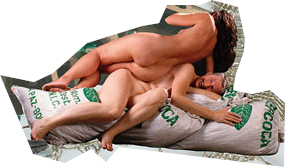
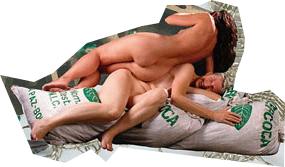
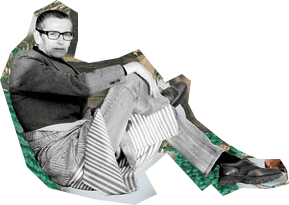
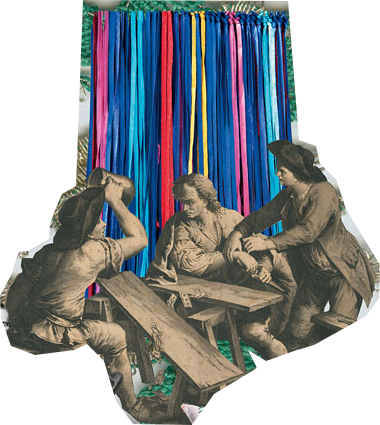
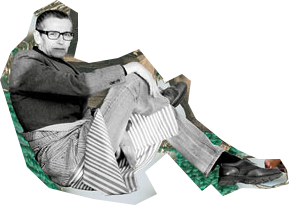
Attribution
All images and text from LOOMSHUTTLES / WARPATHS
The long term and ongoing artistic research explores the complex relations of cloth, clothing and colonialism from earlier to contemporary forms of globalisation.
The colour/textile and dates texts and the HAUTE COUTURE 01-06 texts are co-written by Ines Doujak and John Barker.
fgfgfdhydhdh